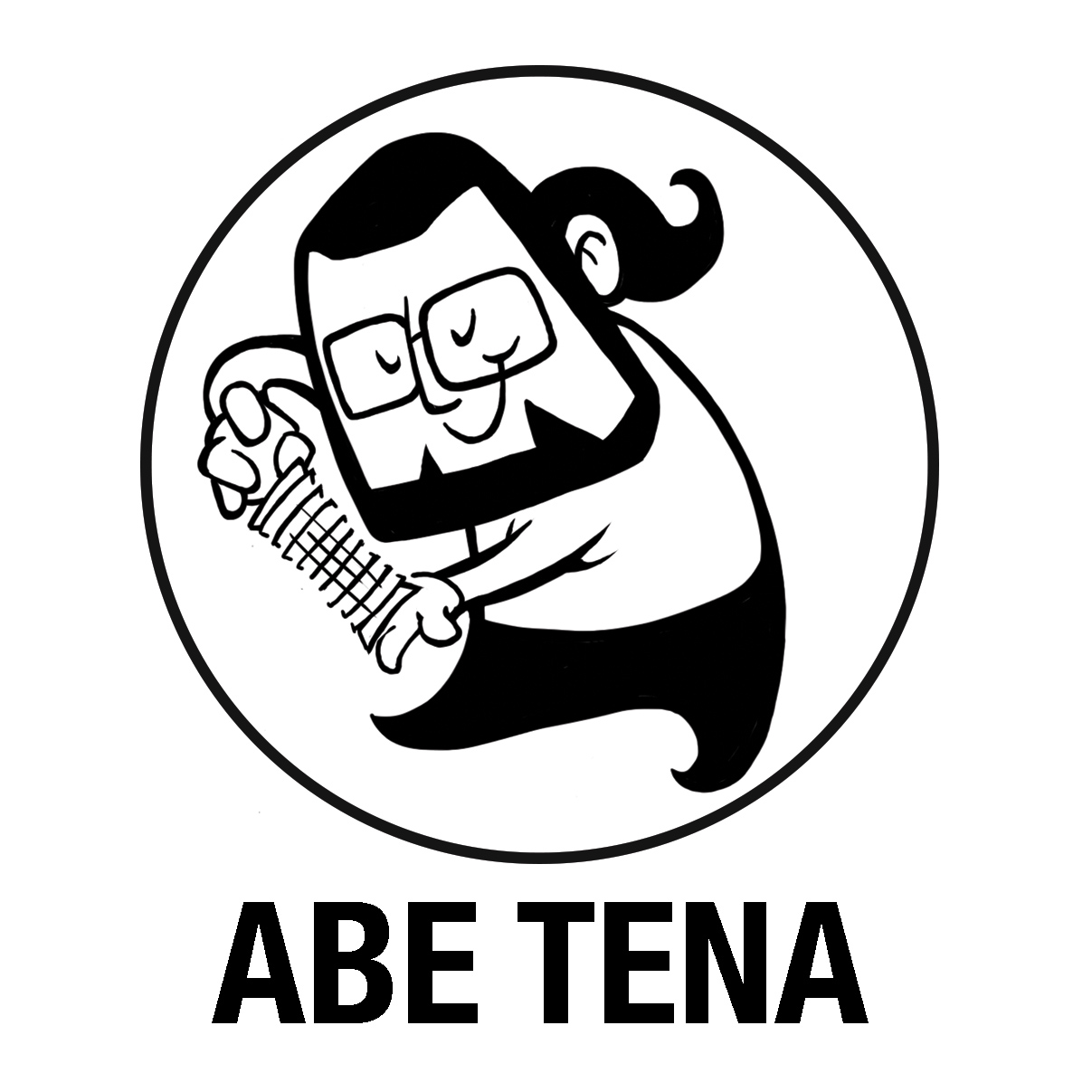Video Game Design as Studio Practice | MFA Thesis Research
I successfully concluded my graduate research at the Dynamic Media Institute (MassArt) with the publication of “Video Game Design as Studio Practice”, my graduate defense thesis. From the thesis Abstract:
“Video game design as studio practice is an approach to game development that valorizes playfulness as the central aesthetic quality of the form. In contrast to ideologies that are suspicious of the activity, video game as studio practice fosters an understanding of play as a fundamental human activity – an event that accepts players subjectivity in wholeness. Philosophi- cal research stands at the center of this studio practice, and makes use of the fundamental qualities of playfulness as tools for critical inquiry. From this perspective, irreverence, emergence, and intersubjectivity are both core aesthetic values of the video game form, and qualities of being in playfulness. Through the exposition of five case studies, this thesis explores the concept of playfulness, and models a method for video game design as studio practice.”
Click here to download the introductory chapter.
Link to order a printed version coming soon…
Jan Kubasiewicz and the Space of theApparatus
I had the privilege of writing an article about the work of my mentor and friend, Polish artist and designer Jan Kubasiewicz. This article is featured in Volume 03 of the art and science magazine POWIDOKI (Afterimages), a publication by The Strzemiński Academy of Fine Arts Łódź (summer of 2020). From the Abstract:
In the oeuvre of artist and designer Jan Kubasiewicz, a central theme is the precariousness of the concept of spaces. In a studio practice that encompasses gallery, classroom, and auditorium, Kubasiewicz interrogates perception, particularly as it becomes mediated by photography and film. Inspired by Czech philosopher Vilém Flusser, Kubasiewicz’ central concerns are connected to apparatuses (such as the camera) and the way they alter perception. In series such as meta- Geometry (2008), Panorama (2009), and Objects in Motion (2016), Kubasiewicz explores how the self-assuredness of human perception is tested, as the apparatus gains autonomy and runs its program. Through his practice, Kubasiewicz models a behavior of cultural production for those conducting art and design research in the space of computer-human interaction.
Click here to download an english translation of the article, paired with a scan of the article in Polish, which features images of Jan Kubasiewicz’ authorship.


